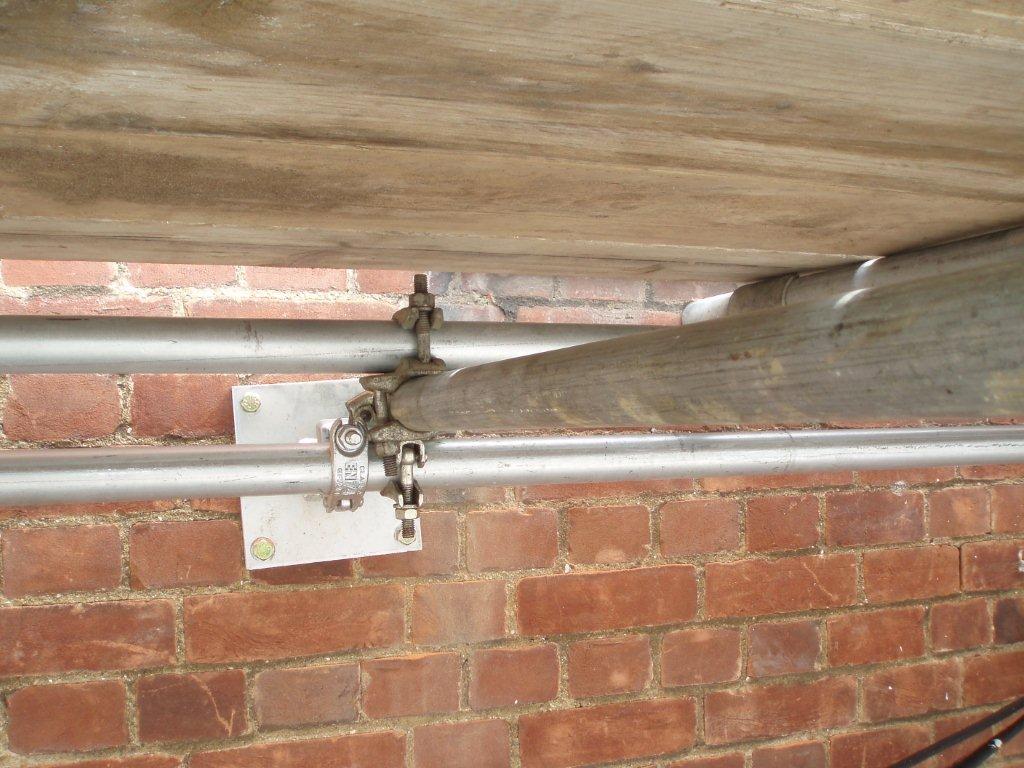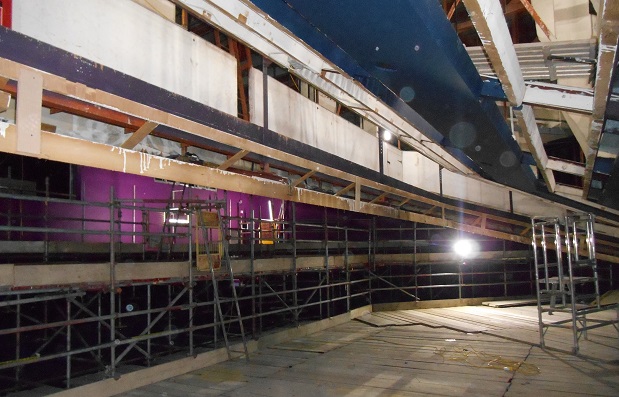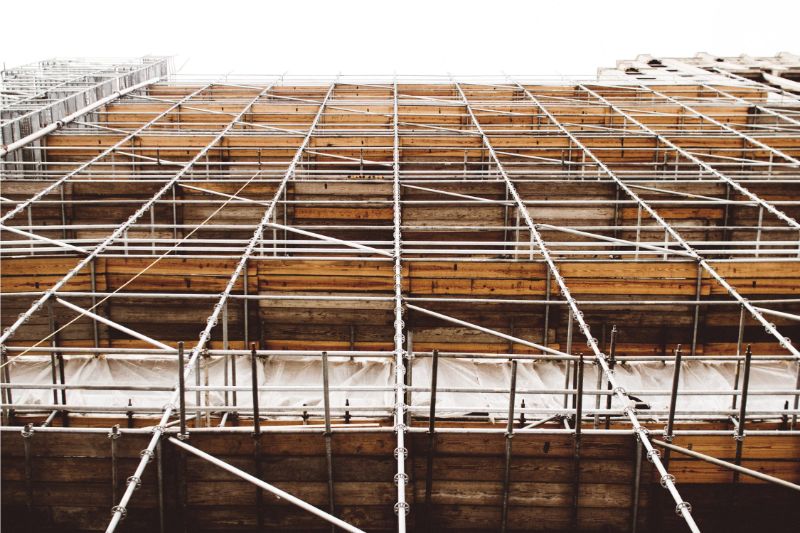Did you know there is no guidance for temporary ramps in TG20?
The latest of the TG20 amendments, TG20:13, came out in 2014. It was created by the NASC (National Access & Scaffolding Confederation) and aims to impose a good, universal level of consistency in the use of tube and fittings scaffolds. Though it is not a statutory necessity, the TG20 guidelines are taken among contractors and scaffolders to be a core value of their trade. Not only this, following TG20 guidelines ensure that you comply with the Work at Heights Regulations 2005, which is a legal requirement. TG20 guidance covers an array of standard scaffolds such as tied independent access scaffolds, Loading bays, Internal birdcages and more, however TG20:13 does not cover all scaffolds. When it comes to temporary ramps there is no guidance within TG20:13 to fall back on, so a temporary ramp must be constructed from a bespoke design. Here is a quick rundown of some important aspects to consider.














